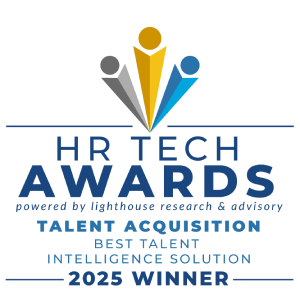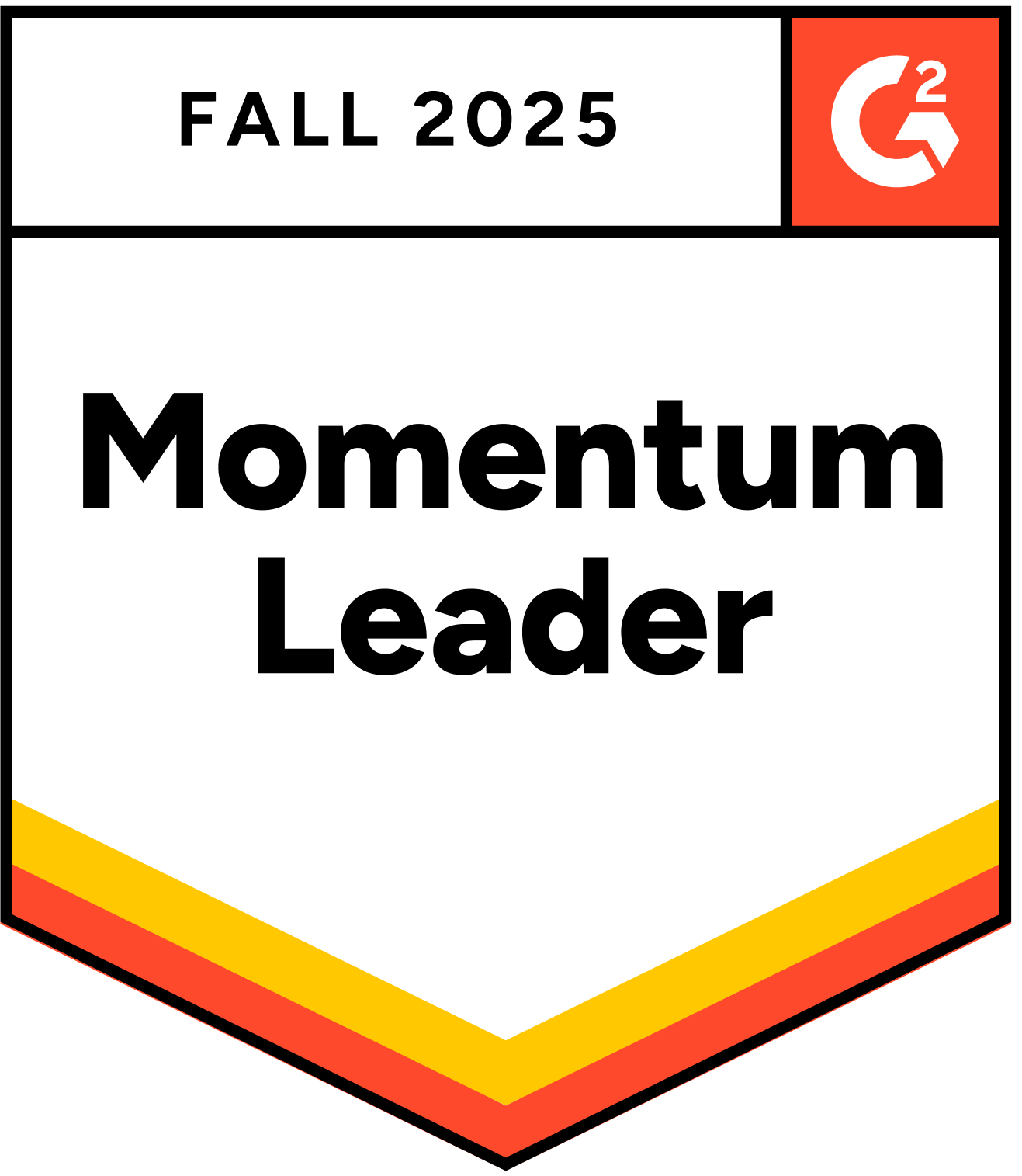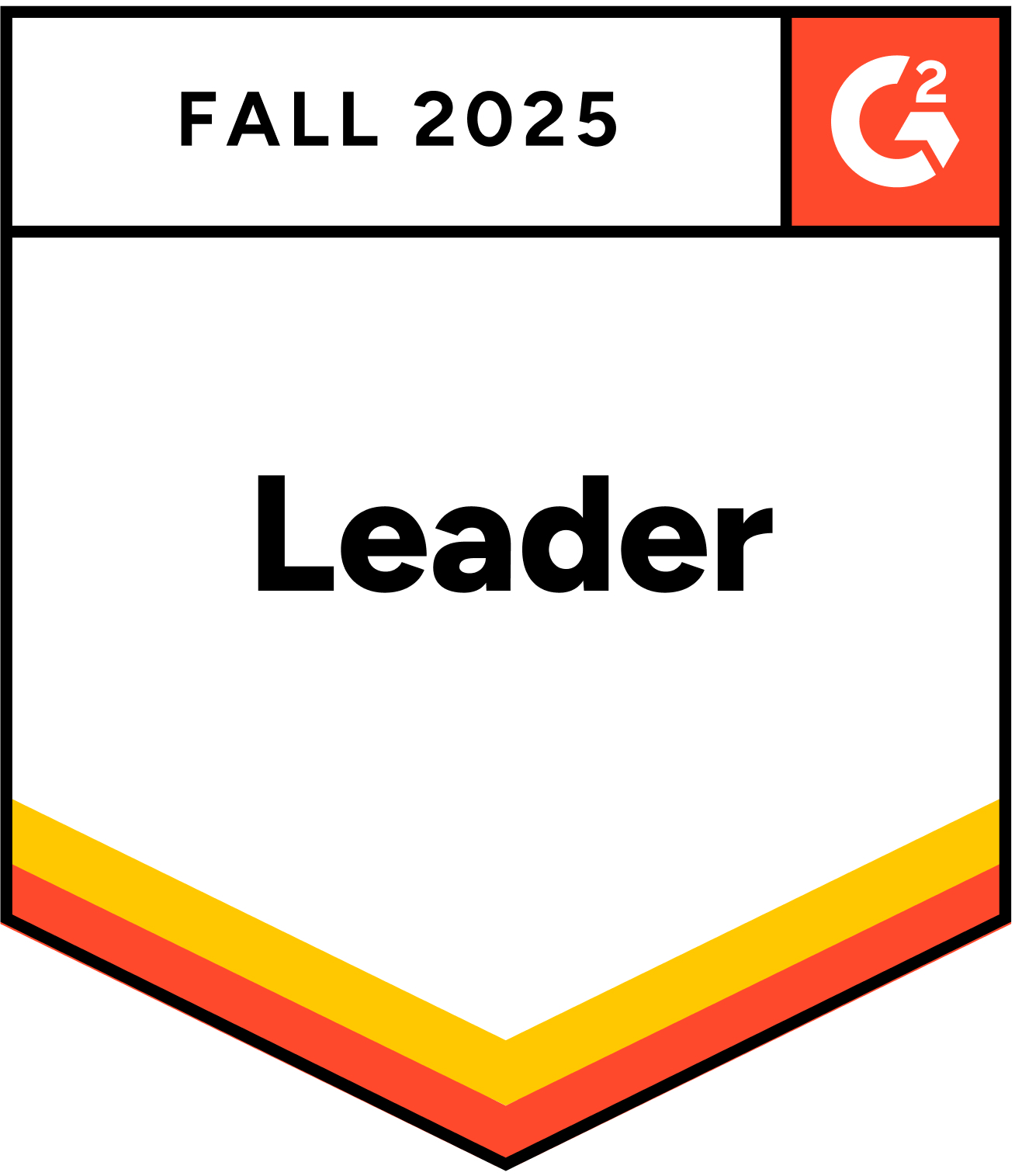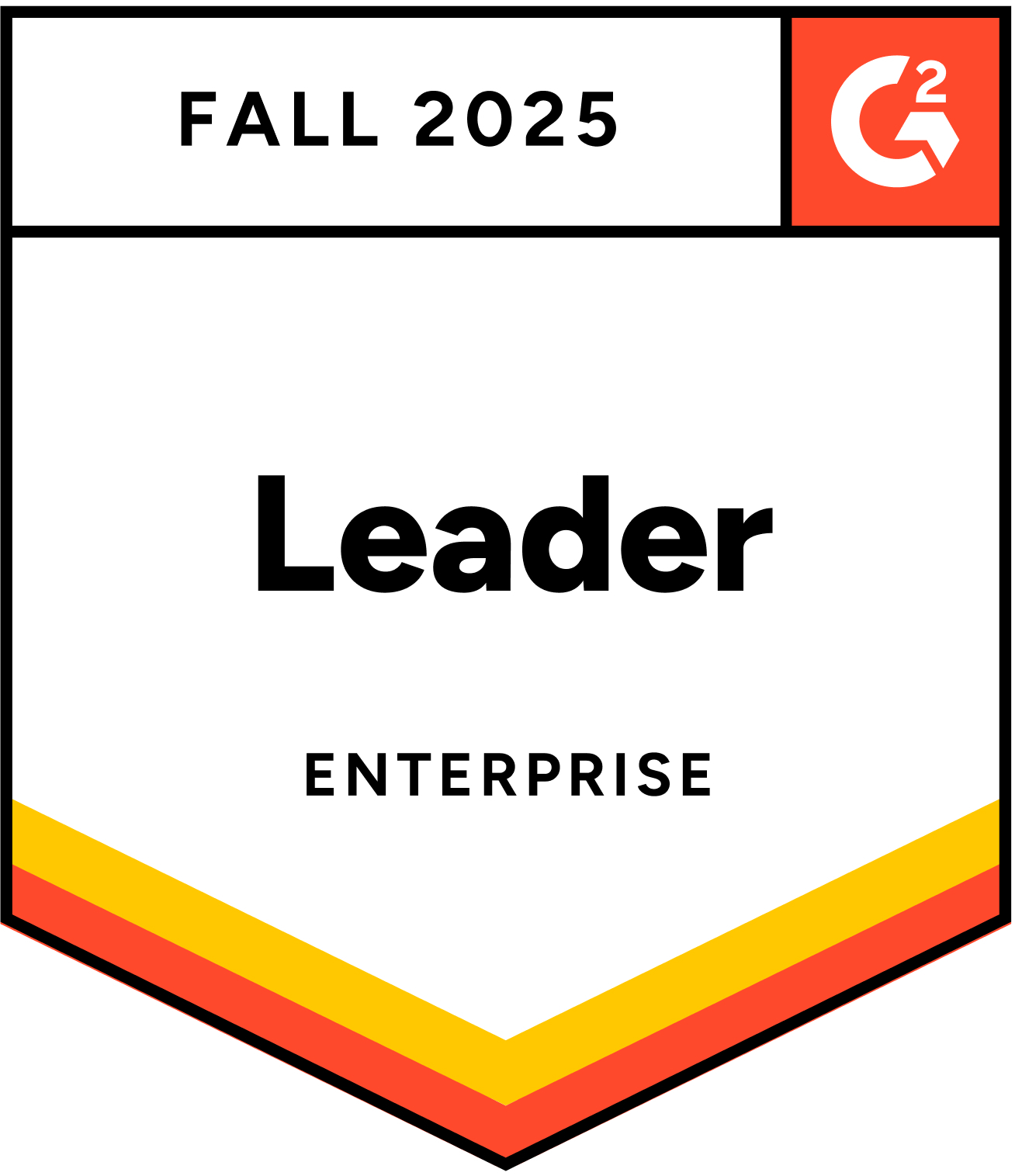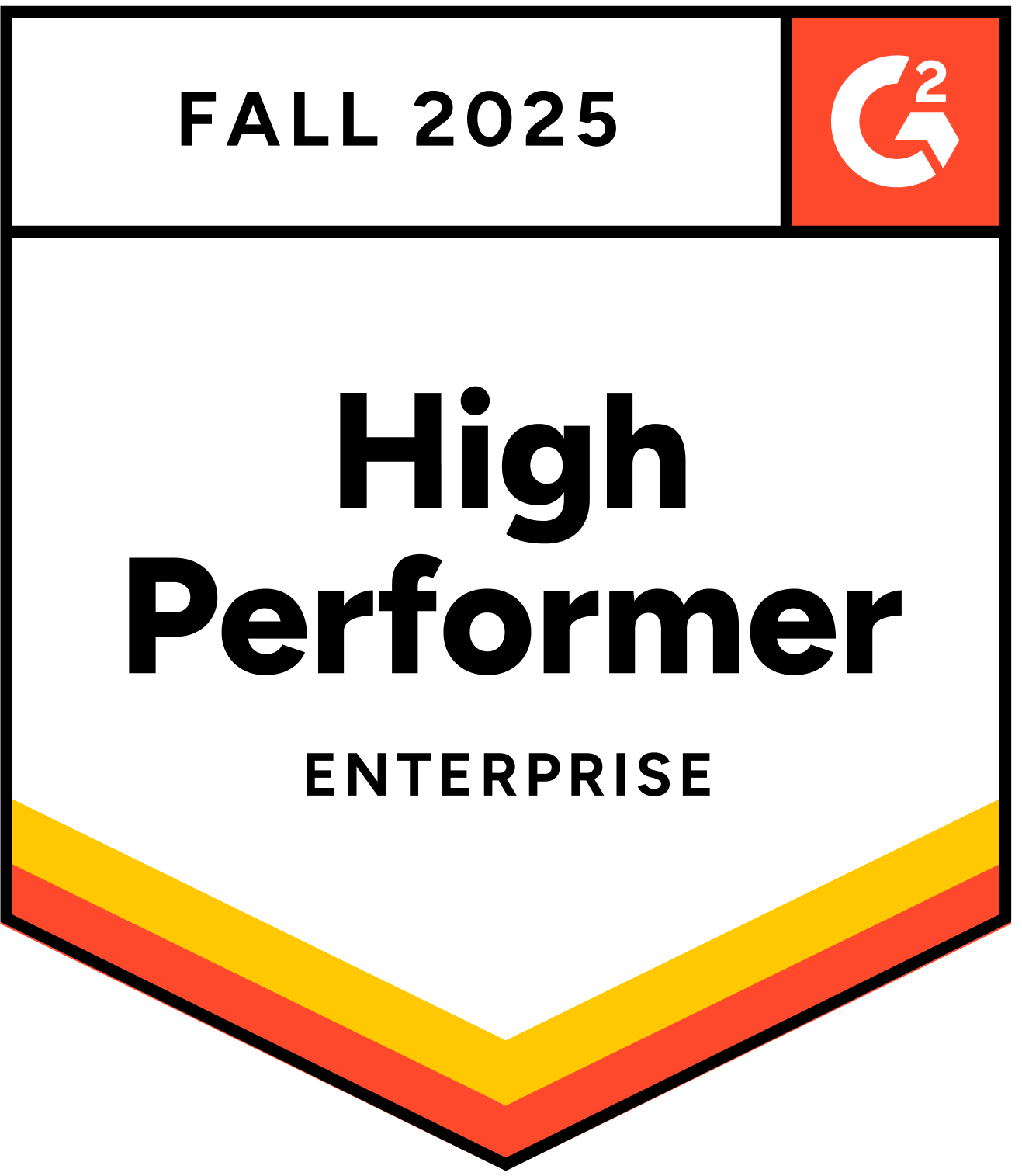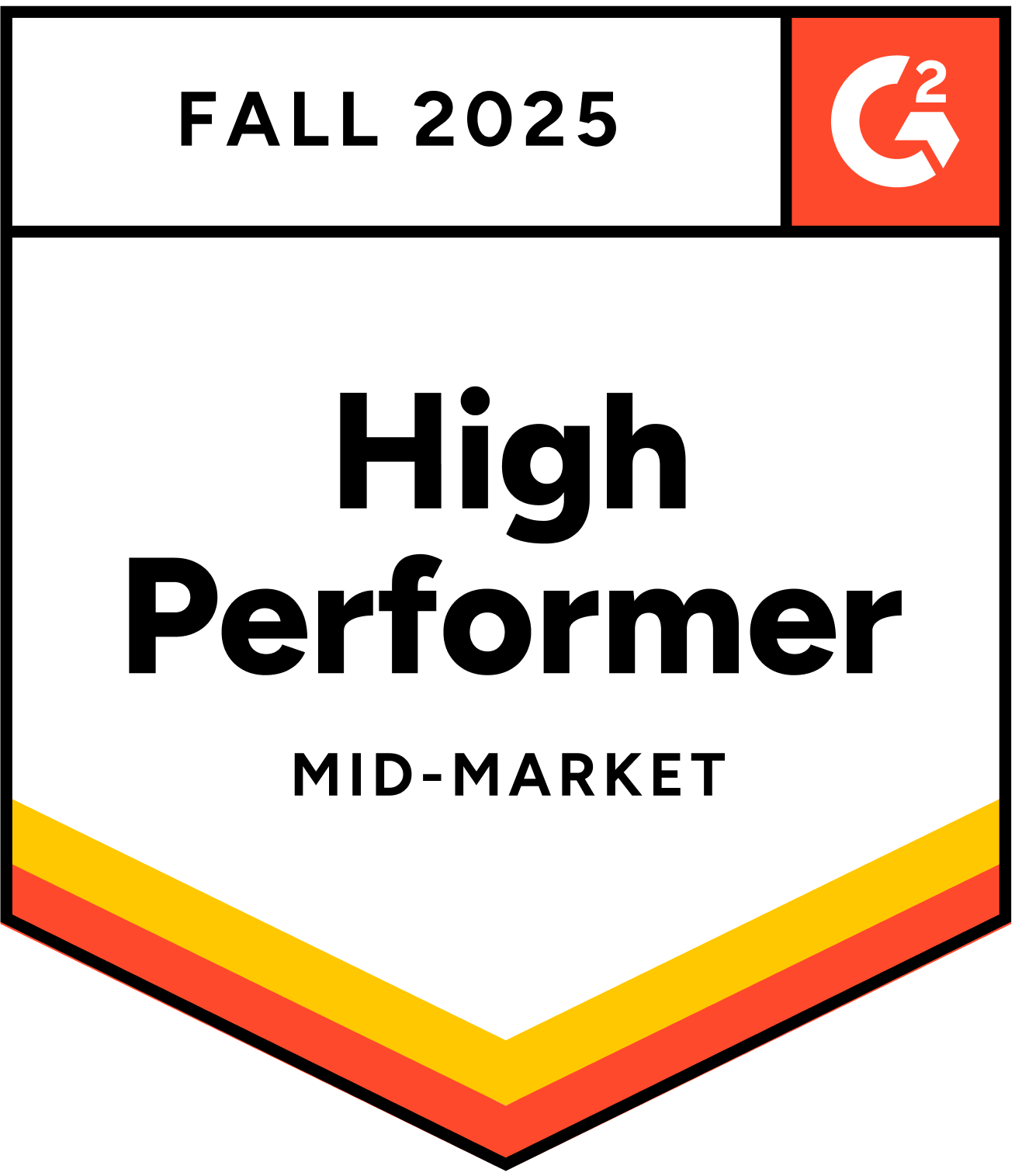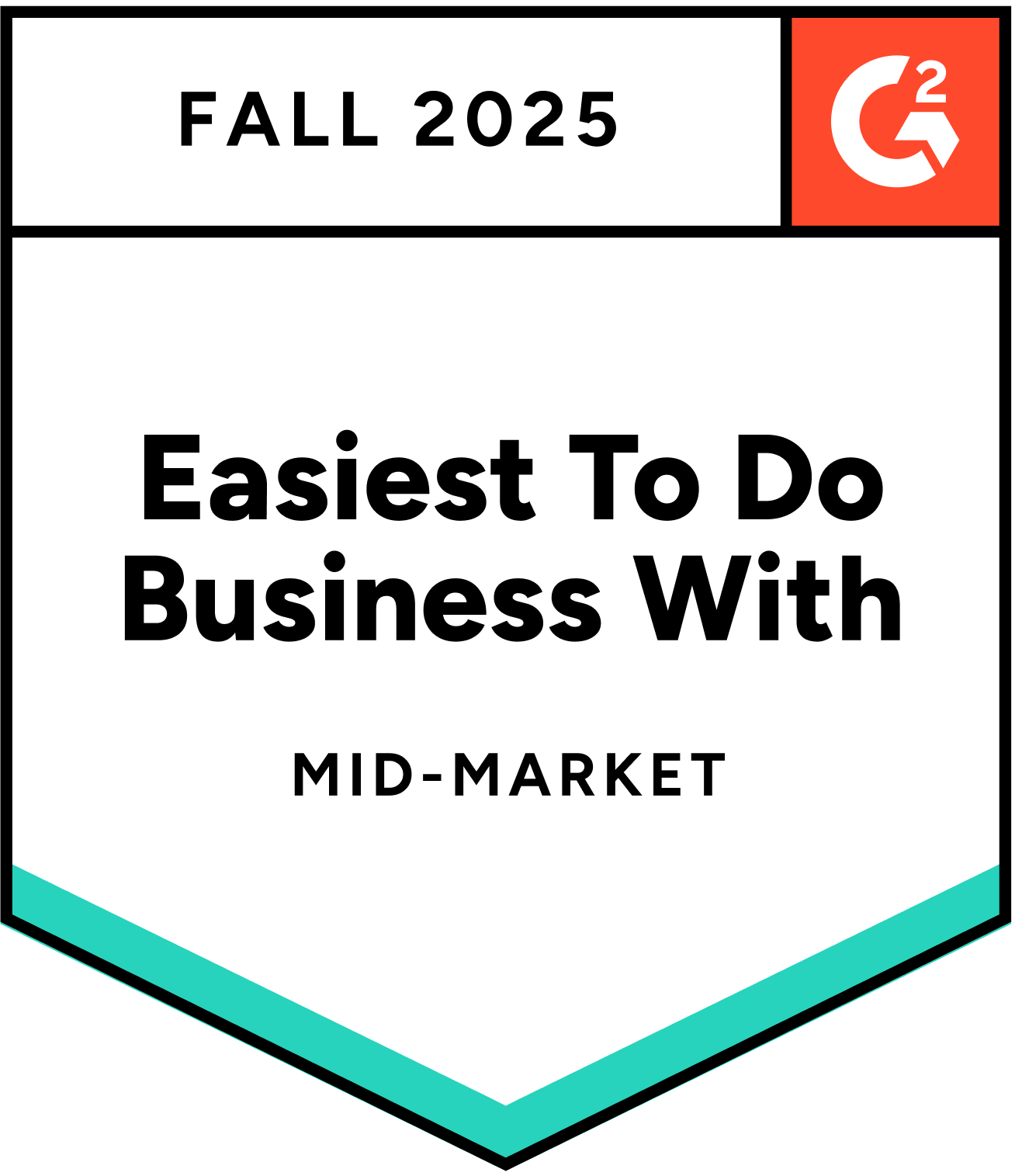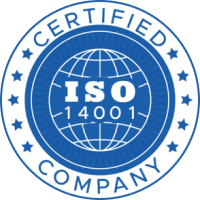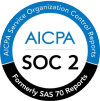Introduction
Welcome to Hire We Go!, your go-to podcast for rethinking the future of talent acquisition. Today’s conversation brings together two seasoned voices in the space: Ashlie Collins, Director of Solutions at Joveo, and Leandro Cartelli, CEO and Founder of Lana Talent. With years of global recruiting experience, Leandro shares his perspective on why treating TA as merely transactional is one of the biggest mistakes companies make, how transparency and candidate experience can make or break hiring success, and what businesses can do to retain talent from day one.
Ashlie Collins
Hello and welcome to Hire We Go!, where we’re chatting all things talent acquisition transformation. Whether you’re an HR vet or someone who’s simply fascinated by how to find, attract, and engage talent, you are in the right place!
I’m your host and Director of Solutions here at Joveo, Ashlie Collins and joining us today is my good friend, Leandro Cartelli, CEO and Founder of Lana Talent. I am so thrilled to have you with us today. Why don’t we kick things off by you telling us a bit more about yourself and Lana Talent?
Leandro Cartelli
Thank you for having me! It’s exciting to talk to you. We go way back, so I’m happy to have this conversation today.
And yeah, I’ve been in talent acquisition for more than 15 years now. Been in global companies like Accenture, startups, tech startups in Latin America, always leading strategies to attract talent. And yeah, I founded, about a year ago, Lana Talent, with the idea to bring that experience from big companies to smaller businesses and we help them mainly hire staff in Latin America. I’m Argentinian, biased towards talent in Latin America. So, that’s our sweet spot!
Ashlie Collins
As, well, you should be. And keen to get your take on something that businesses consistently get wrong about how they find, engage, and retain top talent.
Leandro Cartelli
Yeah, and I think maybe it sounds a bit cliché and people have heard this before, but the fact that, you know, TA tends to be seen and managed as a transactional function and a strategic one. And, I think, it continues to be one of the biggest misses today. And that’s something we’ve been talking in the industry for a long time now. And I think it shows up typically in three ways. One is when it comes to finding talent.
You know, you have… Both, I think on the spectrum, one that don’t really think about strategic planning in terms of the role and the order sign and long-term needs. But then large corporates, very focused on process, lack flexibility and many times get detached from reality and the actual need of the business in that place, at that time. So I think that’s really a big one. The second one is how we engage with talent, right? We sell the role, we talk about what the business needs, but, you know, candidate experience continues to be a big problem.
Unfortunately, we see it all the time. Companies don’t communicate culture and purpose and don’t build a positive experience for people. You know, there’s ghosting. We hear it a lot everywhere. So I think that’s in the experience. And then I think the last part is retaining talent and I do talent acquisition, but I talk about retaining talent because it starts with hiring. And I think we forget that many times, like, about 40% of turnover is early turnover. And people decide to leave when they have a bad experience with their process, even if they decided to join or they have a bad onboarding. And so those mismatches and the lack of planning and strategic thinking is a big pain point, I think, for businesses.
Ashlie Collins
Yeah. And do you think that like on the candidate experience side of the house, what are, do you think, are like some of the quick wins or low hanging fruit that folks could take advantage of to improve in that experience?
Leandro Cartelli
Yeah, I think there’s a couple of things, right? One is being very transparent in terms of expectations. I think miscommunicating expectations is a big issue. Sometimes businesses, and they don’t even say it, right?
“We will come back to you in a week or two weeks” or “This is going to take a bit longer”, right? “Just bear with us.”
And many times, we know recruiters are just overwhelmed with so many open positions.
So being very intentional in designing now, you know, there’s a lot of technology out there to do it, right? Being very intentional in designing communications that keep candidates engaged, that also give them what is outside of, well, what is the basics, which is how it flows a lot of the times.
The other is just trying to, you know, I mentioned this, focusing on selling the company and what we are, but many times we don’t really give candidates an actual view of what the company culture looks like and what a day to day is, and so maybe creating connects with teammates, right? During the process, informal connects. I know, for example, and I love this, Salesforce has this program where they have leaders available to connect with candidates and candidates can choose to reach out and have a conversation with them. And I love that, right? Because it’s informal. The business leader doesn’t even know, they know they’re talking to a candidate, but they don’t have a stake in the process. They’re just there to answer questions and show what they’re all about. And I think creating that makes a huge difference when it comes to the experience.
Ashlie Collins
I love that. Especially the idea too of connecting folks with teammates, but who are actually doing the role and can give an honest representation of the good, the bad, the ugly, you know, because the reality is no company’s perfect. There are going to be things that you love, things that you don’t, and being able to walk into a decision-making process, one of the biggest decision-making processes, you make in your life is from an informed standpoint, it’s just awesome. And I think it goes a long way to, you know, establish credibility with the company and make people feel good.
Leandro Cartelli
Yeah. And I think, you know, it also comes to the first point on, on setting expectations and communicating. It’s not, it’s not a bad thing, right? I mean, yeah, this is where we are as a business. These are the challenges. This is what’s hard, right? And, you know, I think we need to treat people, you know… Candidates are not kids, right? They know what they’re getting into. And so help them make the right decision by being transparent. And that’s probably going to be a good selling point. Hey, these are all the things that are broken, but we need your help in fixing them.
Ashlie Collins
Fixing it!
Leandro Cartelli
Exactly! And I think that’s really good and they’re not going to find any surprises. You didn’t tell them that they’re joining a magic world where nothing bad happens. You were very honest, very transparent. They know what they’re finding and they’re actually excited to find those challenges.
Ashlie Collins
Yeah, absolutely.
Ashlie Collins
Yeah, yeah, I love that. You know, use the AI as a means to get rid of the admin so that you can spend more time connecting and building those meaningful connections. I 100% agree with you. Thank you so much for sharing your experience, your insights, your knowledge with us today. And thank you all for tuning in and we’ll catch you next time!
Leandro Cartelli
Thank you, Ashlie.
Conclusion
That wraps up today’s episode of Hire We Go!. We explored how businesses can shift talent acquisition from being a transactional function to a strategic driver of success, while also emphasizing the importance of transparency, expectation-setting, and authentic candidate experiences.
A huge thank you to Leandro Cartelli for joining us and to you for listening in. Stay tuned for more conversations that transform the way we think about hiring and talent acquisition.

